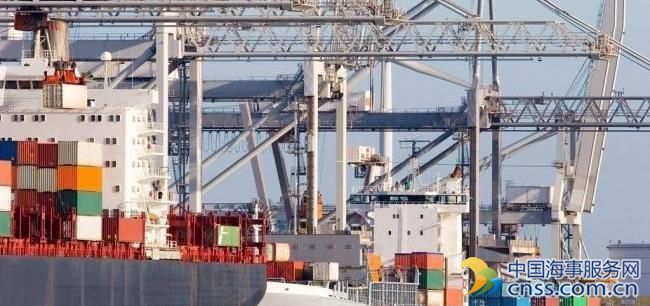Natural gas from prolific Permian Basin seeks new demand from LNG, Mexico

The Permian Basin is now home to almost 40% of all rigs currently active in the US, but natural gas demand in traditional demand centers is diminishing, leading to a fundamental oversupply in the basin. Ross Wyeno shares the Platts Analytics forecast of Permian production, which sees associated gas growing to over 7.4 Bcf/d by the end of 2022. Can the gas find a home in Mexico or in the eastern US?
VIDEO TRANSCRIPT
NATURAL GAS FROM PROLIFIC PERMIAN BASIN SEEKS NEW DEMAND FROM LNG, MEXICO
Welcome to The Snapshot – our series which examines the forces shaping and driving global commodities markets today.
With a high quality crude oil resource, close proximity to downstream demand markets, and high initial production rates, the Permian Basin offers some of the best returns of any play in the United States. As a result of the top-rate drilling economics, associated gas production from the Permian Basin grew to over 5 Bcf/d in March, a 14% increase from a year ago.
PERMIAN BASIN’S 340 RIGS REPRESENT 40% OF ALL RIGS CURRENTLY ACTIVE IN THE US
There are now around 340 rigs operational in the Permian, a 160% increase from a year ago and representing nearly 40% of all rigs currently active in the US.
Based on an outlook of moderately improving oil prices over the next five years, Platts Analytics’ expects that total associated gas production from the Permian Basin will grow to over 7.4 Bcf/d by the end of 2022, a 59% build over 2016 year-end production. However, as Permian Basin gas production continues to grow, regional demand from the traditional demand centers in the Midcontinent and the Southwest is diminishing, leading to fundamental oversupply in the basin.
PERMIAN BASIN GAS NEEDS TO PUSH INTO NEW DEMAND EMERGING IN MEXICO, LNG EXPORT FACILITIES
As growing production continues to pressure prices, Permian Basin gas will need to push into new demand emerging to the South in Mexico and to the East at LNG export facilities.
Over the last year, West Texas has added nearly 3.1-Bcf/d of export capacity, all of which will source supply from the Waha area in the Permian. Platts Analytics’ expects that Permian Basin gas exports to Mexico will grow to around 2 Bcf/d by mid-to-late 2018 — up from around 0.4 Bcf/d currently — as downstream pipeline projects in Mexico are completed and exports along these new pipelines ramp up.
TOTAL PERMIAN BASIN EXPORTS TO MEXICO UNLIKELY TO EXCEED 2.3 BCF/D DUE TO DOWNSTREAM LIMITATIONS
However, due to downstream limitations within Mexico’s own pipeline system, total Permian Basin exports to Mexico are unlikely to exceed 2.3 Bcf/d, which suggests that exports to Mexico will not be able to absorb all of the expected production growth from the Permian Basin. Therefore, some incremental production will need to head eastward, for which there are already concerns of capacity limitations.
Eastbound flows out of the Permian Basin averaged around 1.6 Bcf/d in 2016 and Platts Analytics’ expects them to rise to 2.8 Bcf/d by 2022 in its base case forecast, which assumes that flows north to the Midcontinent remain flat to 2016. The high case forecast assumes Midcontinent pipelines begin backhauling gas into the Permian and sees flows rising to nearly 3.5 Bcf/d.
NEED FOR MORE PIPELINE CAPACITY FOR EASTBOUND FLOWS MAY WEIGH ON PERMIAN BASIN GAS PRICES
In both cases, this represents a significant increase over historic eastbound flows, which peaked at just less than 2.7 Bcf/d in mid-2010. This expected growth in eastbound flows will likely necessitate additional pipeline capacity and may continue to weigh heavy on Permian Basin gas prices until eastbound pipeline capacity is increased.
Source: Platts
HEADLINES
- Do shipping markets want Biden or Trump for the win?
- All 18 crew safe after fire on Japanese-owned tanker off Singapore
- Singapore launching $44m co-investment initiative for maritime tech start-ups
- Cosco debuts Global Shipping Industry Chain Cooperation Initiative
- US warns of more shipping sanctions
- China continues seaport consolidation as Dalian offer goes unconditional